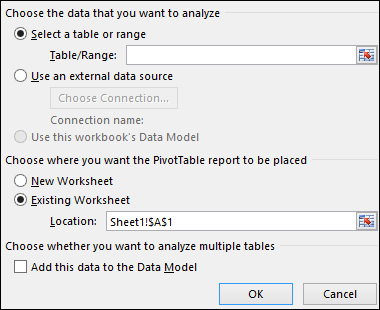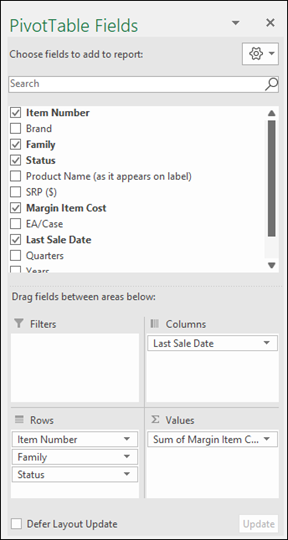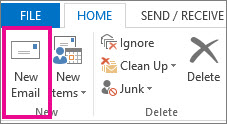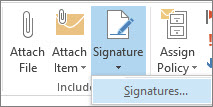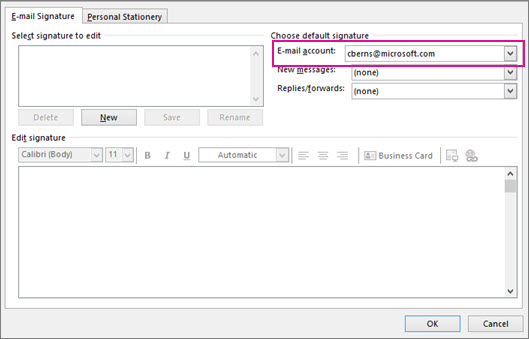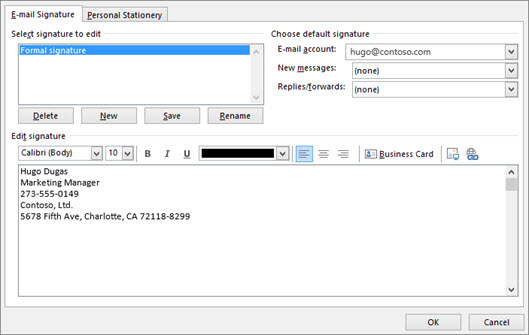Enhancing Windows Security: Speculative Execution Configuration Check Fixed
We understand the importance of keeping your Windows operating system secure, and that's why we're here to share valuable insights on a powerful security measure: Speculative Execution Configuration.
Speculative Execution is a performance optimization feature in modern processors that predicts and executes instructions before they are officially needed. While this boosts overall system speed, it has also raised security concerns. To help you fortify your Windows system against potential vulnerabilities related to speculative execution, we're introducing a simple yet effective configuration check.
Windows Speculative Execution Configuration Check
To implement this configuration, we'll be adding a specific registry key. Follow the steps below to ensure your Windows system is fortified against potential speculative execution vulnerabilities.
Step 1: Open Notepad
Open Notepad on your Windows system. You can do this by searching for "Notepad" in the Start menu or using the Run dialog (Win + R) and typing "notepad."
Step 2: Copy and Paste the Registry Key
Copy the following registry key information and paste it into Notepad:
plaintext
Copy code
Windows Registry Editor Version 5.00
[HKEY_LOCAL_MACHINE\SYSTEM\CurrentControlSet\Control\Session Manager\Memory Management]
"FeatureSettingsOverrideMask"=dword:00000003
"FeatureSettingsOverride"=dword:00002048
Step 3: Save the File
Save the file with a ".reg" extension. For example, you can name it "SpeculativeExecutionConfigCheck.reg." Ensure that you select "All Files" as the file type when saving.
Step 4: Run the Registry File
Double-click on the saved ".reg" file and confirm any prompts that appear. This will add the specified registry key to your Windows system.
Congratulations! You've now enhanced your Windows security by configuring speculative execution settings.
Why This Matters
By configuring speculative execution settings, you add an additional layer of defense against potential security threats. This measure helps safeguard your system by controlling how speculative execution is handled.
We recommend performing this configuration check regularly, especially after major updates or changes to your system, to ensure your Windows OS remains secure.
Stay secure, stay informed!
Note: Modifying the Windows Registry can impact system stability. Ensure you have a backup before making changes and consult with IT professionals if needed.





